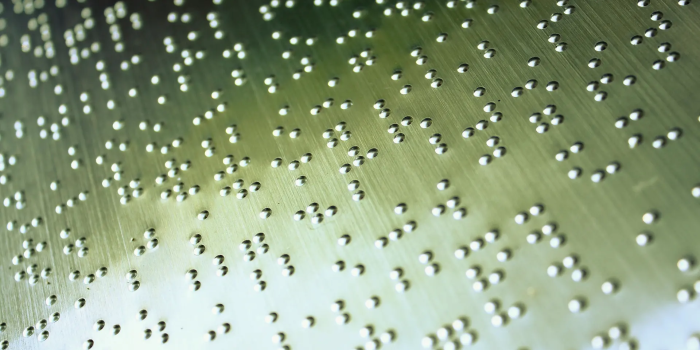In recent years, strides in solar energy technologies have addressed critical challenges through advancements in materials, devices, circuits, storage, and systems. A groundbreaking study by Abdullah Gül University in Turkey presents a novel approach to enhance organic photovoltaic cells, offering a promising solution to optimize their flexibility and cost-effectiveness in comparison to traditional silicon-based counterparts.
The study, featured in the Journal of Photonics for Energy (JPE), introduces a hemispherical shell-shaped design for organic photovoltaic cells, aiming to revolutionize light absorption and angular coverage. Organic photovoltaic cells, known for their flexibility and cost-effectiveness, have faced challenges in performance optimization. The proposed hemispherical shell structure showcases exceptional capabilities in light absorption and angular coverage.

Traditionally, solar cells are flat, tilted between 15 and 40 degrees to optimize sunlight exposure. The study explores the use of dome-shaped bumps on organic solar surfaces, employing advanced computational analysis and comparative benchmarks. The research team conducted a 3D finite element analysis (FEA) to simulate and analyze the proposed hemispherical shell structure’s performance under various conditions.
Results from the Finite Element Analysis revealed impressive outcomes. The hemispherical shell structure exhibited a remarkable 66% increase in light absorption for transverse electric (TE)-polarized light and a significant 36% improvement for transverse magnetic (TM)-polarized light compared to flat-structured devices. Furthermore, the hemispherical shell outperformed semicylindrical shell designs, showcasing a 13% increase in light absorption for TE polarization and a remarkable 21% improvement for TM polarization.

Notably, the hemispherical shell structure demonstrated exceptional absorption capabilities and broad angular coverage, reaching up to 81 degrees for TE polarization and 82 degrees for TM polarization. This feature is particularly advantageous for applications requiring flexible light capture, such as wearable electronics.
Professor Dooyoung Hah of Abdullah Gül University emphasized the potential applications of this innovation, stating, “With the improved absorption and omnidirectionality characteristics, the proposed hemispherical-shell-shaped active layers will be found beneficial in various application areas of organic solar cells, such as biomedical devices, power-generation windows, greenhouses, internet-of-things, and more.”
The research was published in the Journal of Photonics for Energy.
Source: SPIE


